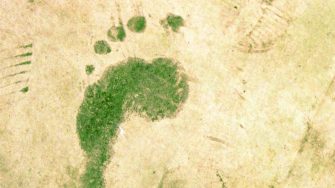
Overview
The UNSW Environmental Impact Assessment UG (GEOS3911) course and Environmental Impact Assessment PG (GEOS9011) course provides students with an understanding of the Commonwealth and NSW legislative framework for EIA; guidelines for EIA; ecologically sustainable development; impact evaluation in terms of environmental and socio-economic criteria; procedures, techniques and issues in EIA; future directions. Case studies of environmental impact statements (EIS) from the physical and human environment are used throughout the course. The course is valuable for students interested in environmental management.
Term offering: Term 1
Course attendance: In person
Level:
- Postgraduate.
- Undergraduate - Third year.
Discipline:
- Biology.
- Climate science.
- Earth science.
- Ecology.
- Geography.
- Marine science.
Course code: GEOS3911 GEOS9011
Course breakdown
This is a Stage 3 course and is taught using presentations from practitioners and practical tutorial classes. Guest lecturers will share recent case laws so that the machinations of EIA are clear to understand.
Upon completion of the course, you’ll be able to do the following:
- justify the needs for EIA
- understand what triggers an EIA in NSW and Australia
- know which laws and their components are appropriate
- apply ecologically sustainable development principles to EIA
- critically analyse reports and the EIA system
- perform the basic components of other related environmental management approaches. Examples include environmental management plans, risk assessments and social impact assessments
- understand the ethical and professional responsibilities placed upon environmental scientists and decision-makers.
Conditions for enrolment
Please refer to the latest handbook for Conditions of Enrolment and Additional Enrolment Constraints.
Career opportunities
Environmental careers are often multidisciplinary and can integrate into many fields such as physical, biological and information sciences. Professionals not only study the environment and human impact, but they also explore solutions like renewable energy, natural resource management and sustainable development. This course is highly valuable for students looking for careers in government (local, state or federal), environmental consulting, environmental management, environmental law or environmental engineering.
Relevant roles
- Meteorologist
- Geologist
- Geophysicist
- Hydrologist
- Ecologist
- Environmental scientist
- Natural resource manager
- Marine scientist
- Marine biologist
Find out more
For more information, please contact Associate Professor Jes Sammut
T: +61 2 9385 8281
